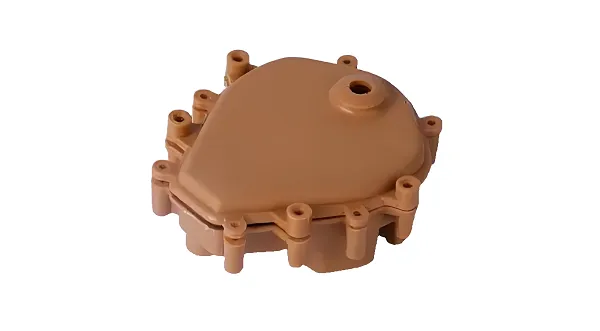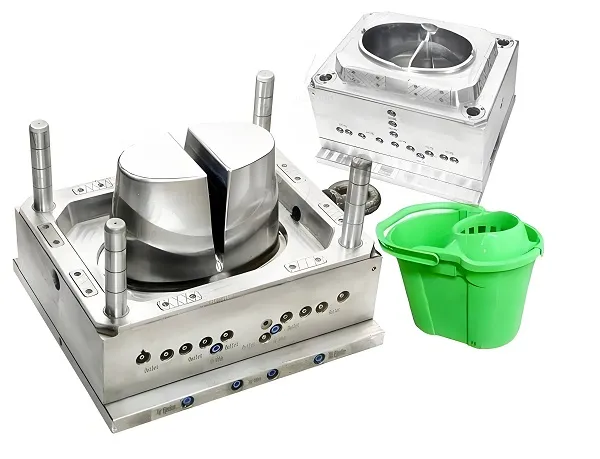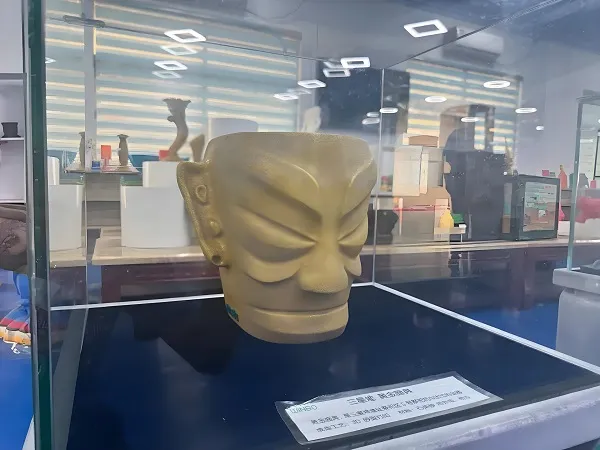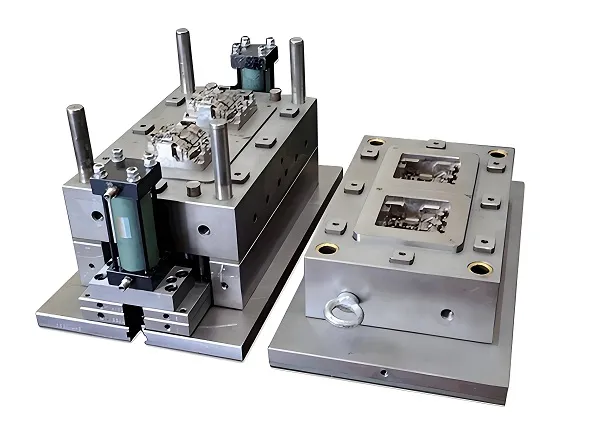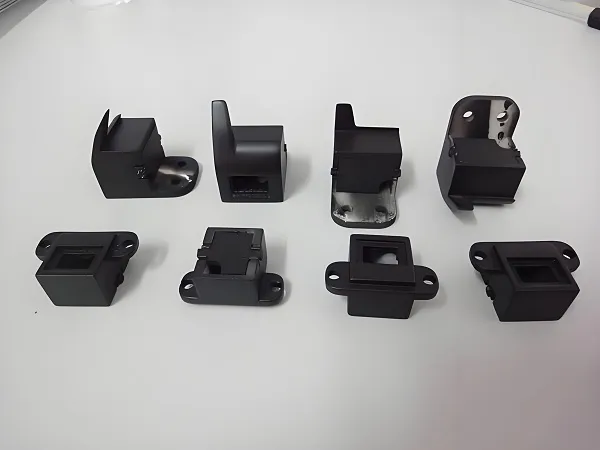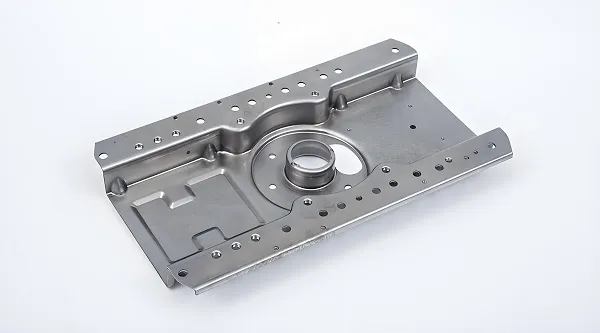Wire Electrical Discharge Machining (WEDM) is a non-contact machining method that utilizes fine metal wires as electrodes to remove metal materials through the high-temperature energy generated by electric spark discharge. Since its inception, this technology has shown great vitality in many fields such as mold making, aerospace, medical devices, etc., by virtue of its high precision, high flexibility, and ability to process complex shaped parts. The purpose of this paper is to comprehensively analyze all aspects of wire EDM services to provide readers with a comprehensive and in-depth understanding.
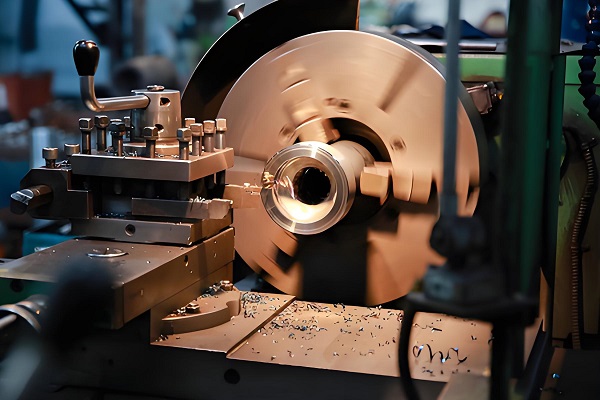
1. Wire EDM Fundamentals
The basic principle of wire EDM is based on the phenomenon of electric spark discharge. When a certain gap is formed between a fine metal wire and a workpiece, and a high voltage pulse is applied, the medium in the gap (usually the machining fluid) is broken through, forming a discharge channel. The high temperature and pressure in the discharge channel causes localized melting or vaporization of the workpiece material, which results in material removal. During this process, the wire moves continuously under the precise control of the CNC system and is processed along a preset machining path to form the desired shape and size.
2. Wire EDM equipment and systems
2.1 Main equipment composition
Wire EDM equipment mainly consists of machine tool body, wire supply and recovery system, power supply and control unit and other components. The machine body adopts precise mechanical structure and transmission system to ensure the stability and accuracy of the processing; the wire supply and recovery system is responsible for the automatic supply and recovery of wires to ensure the continuity and efficiency of the processing; the power supply and control unit is the core of the whole system, which is responsible for generating high-voltage pulses and controlling the processing parameters, such as pulse voltage, current, frequency, and discharge gap, etc., in order to realize the precise processing effect. The power supply and control unit is the core of the whole system.
2.2 Advanced technology and functions
With the progress of science and technology, modern wire EDM equipment constantly introduces advanced technology, such as multi-axis linkage, precision positioning, online monitoring and intelligent adjustment and other functions. Multi-axis linkage technology makes the equipment capable of processing more complex spatial surfaces; precision positioning technology ensures the further improvement of machining accuracy; online monitoring and intelligent adjustment function can automatically adjust the processing parameters according to the real-time data in the machining process to ensure the stability of the machining quality.
3. Machining process and strategy
3.1 Machining process planning
Wire EDM process planning is to ensure that the processing quality and efficiency of the key. In the process planning stage, it is necessary to comprehensively consider the workpiece material, shape, size and machining requirements and other factors to develop a reasonable machining process program. This includes selecting the appropriate machining path, determining the machining parameters, designing fixtures and clamping methods.
3.2 Optimization of machining strategy
In order to obtain the best machining results, it is necessary to continuously optimize the machining strategy. This includes dynamic adjustment of machining parameters according to real-time data in the machining process; the use of roughing and finishing machining strategy to improve machining efficiency and ensure machining accuracy; and the use of reasonable deburring and post-processing methods to ensure that the machined parts meet the design requirements.
4. Quality Control and Inspection
4.1 Quality control standard
The quality control of wire EDM involves many aspects, including dimensional accuracy, shape accuracy, surface roughness and micro-crack control. In order to ensure the processing quality, it is necessary to formulate strict quality control standards, and carry out strict monitoring and inspection during the processing.
4.2 Inspection technology and methods
Modern testing technology provides strong support for the quality control of wire EDM. Commonly used inspection techniques include coordinate measuring machine (CMM), microscope observation, surface roughness measuring instrument and so on. These inspection techniques can comprehensively and accurately measure and evaluate the quality of the machined parts to ensure that the parts meet the design requirements.
5. Application Examples
Wire EDM technology has been widely used in many fields. Below are a few examples of typical applications:
Precision mold manufacturing: wire EDM technology can process complex cavities and micro-holes and other structures to meet the high precision and long life requirements of molds. In mold manufacturing, this technology has become an indispensable part.
Aerospace: In the aerospace field, wire EDM technology is used in the manufacture of engine blades, turbine disks and other key components. These components have complex shapes and high precision requirements, and wire EDM technology is able to meet their processing needs.
Medical Devices and Bioengineering: Wire EDM technology also plays an important role in the medical devices and bioengineering fields. For example, in the manufacture of micro-fine pipes and complex structural parts, this technology can provide precise machining results to meet the special needs of medical devices and bio-engineering products.
6.Technology Development Trends
With the continuous development of manufacturing industry, wire EDM technology is also progressing and innovating. In the future, the technology will develop in the direction of more intelligent, automated, environmentally friendly and sustainable development. Specifically, the following aspects will be the focus of technological development:
Intelligence and automation: through the introduction of artificial intelligence and automation technology, intelligent control and automated operation of the machining process can be realized to improve machining efficiency and precision.
Environmental protection and energy saving: research and development of more environmentally friendly machining fluids and working media to reduce environmental pollution and energy consumption in the machining process.
New material processing: Explore the processing capability of new materials, such as ceramics and composite materials, to meet the manufacturing industry’s demand for new material processing.
High precision and high efficiency: through optimizing processing strategies and adopting advanced technologies, continuously improve processing precision and efficiency to meet the manufacturing industry’s demand for high-quality and high-efficiency processing.

